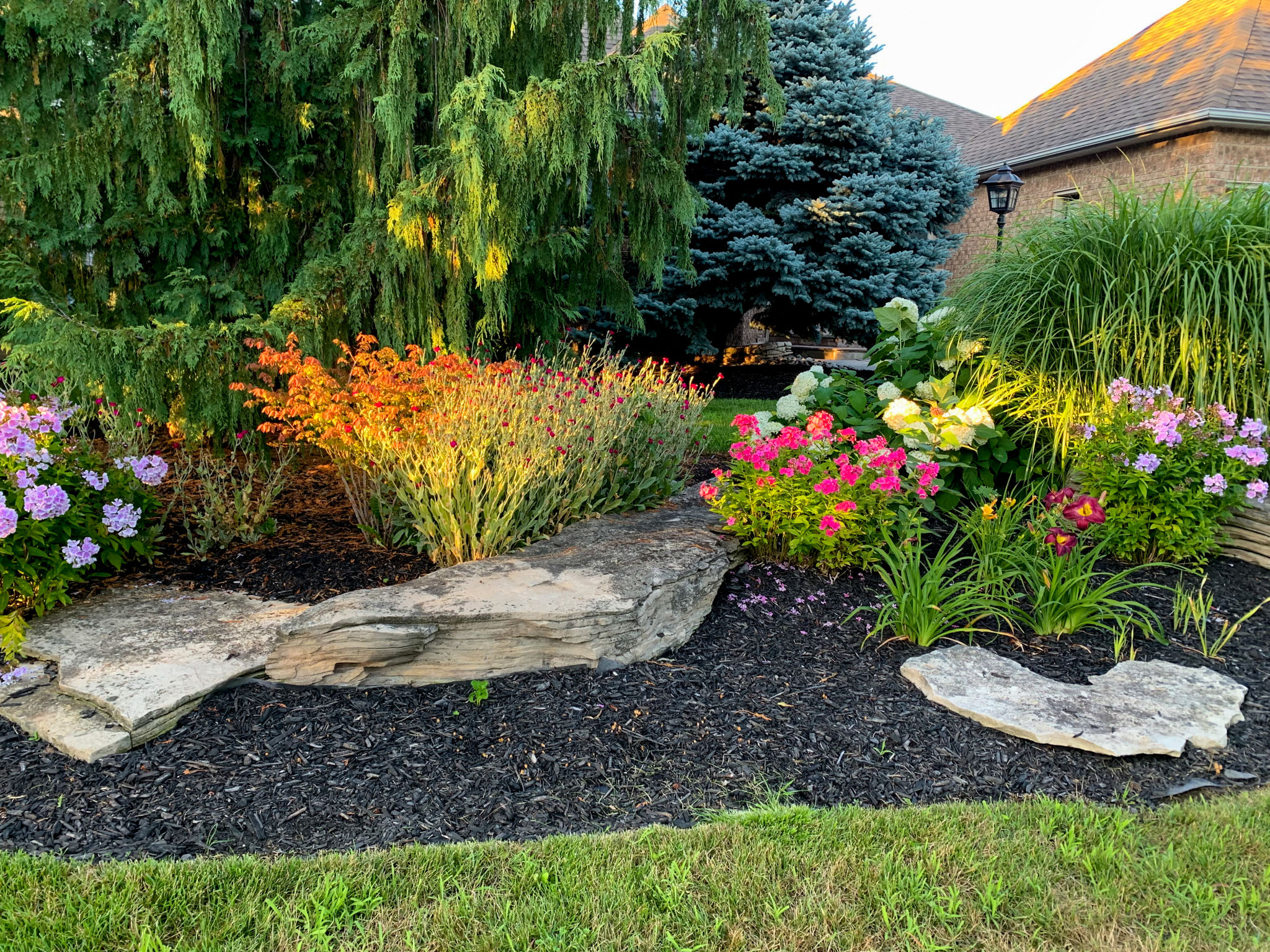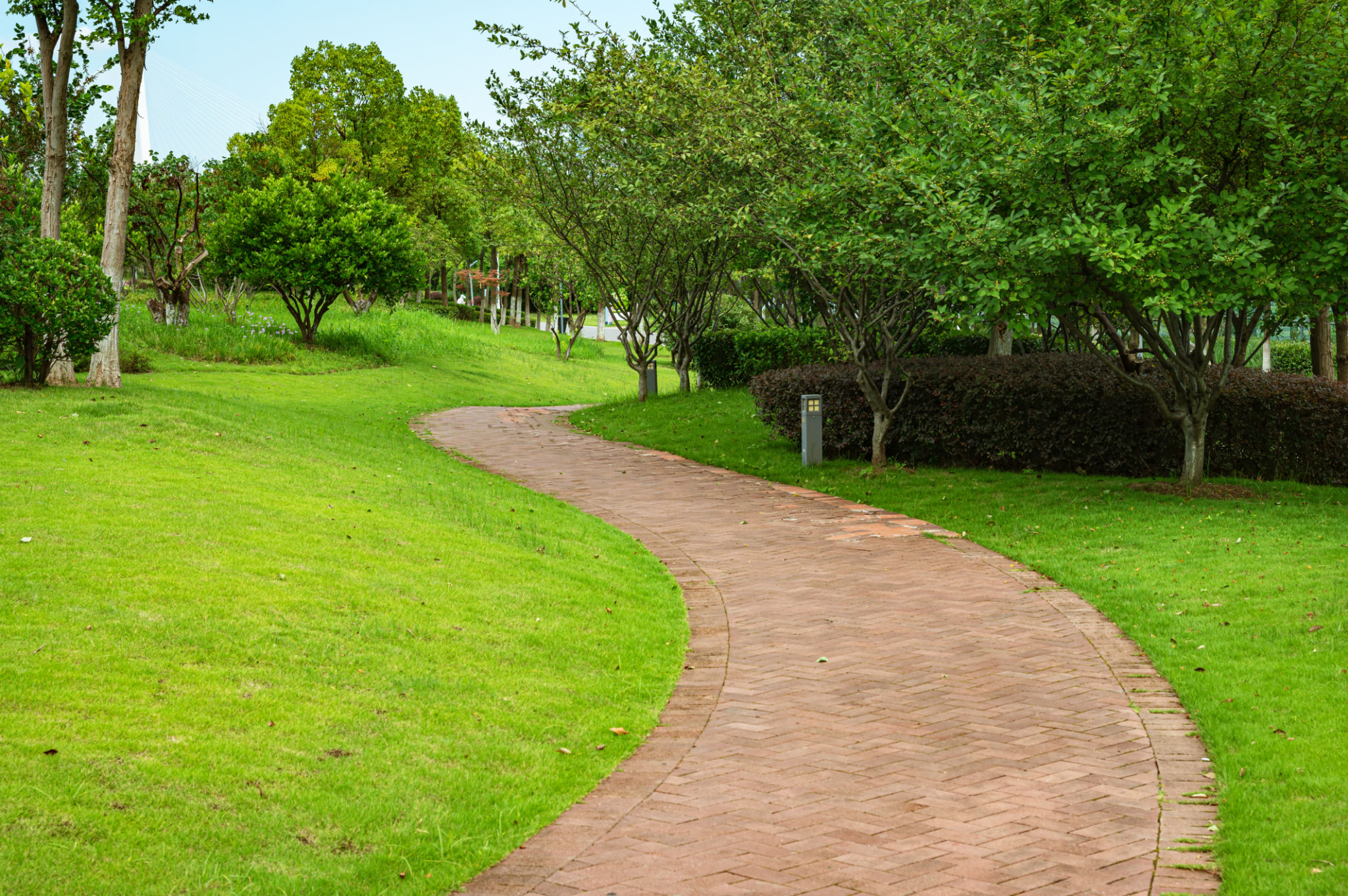Case Study: Transforming a Dull Yard into a Lush Landscape
Introduction to the Transformation
Transforming a dull yard into a lush landscape is not just about aesthetics; it’s about creating a space that enhances the beauty of your home and provides a sanctuary for relaxation and enjoyment. In this case study, we will explore how a plain, uninspired yard was transformed into a vibrant oasis, offering insights and inspiration for your own landscaping projects.

Assessing the Yard's Potential
The first step in any landscaping project is to assess the existing space. This yard was initially characterized by sparse grass, lack of diversity in plant life, and a general feeling of neglect. Our team began by evaluating the soil quality, sunlight exposure, and existing vegetation. This assessment allowed us to create a strategic plan tailored to the specific conditions of the yard.
Identifying Challenges
Several challenges were identified, including poor drainage, limited sunlight in certain areas, and compacted soil. Addressing these issues was crucial for ensuring the success of the new landscape. By identifying these problems early on, we were able to develop solutions that would support healthy plant growth and sustainable beauty.
Designing the Landscape
With a clear understanding of the yard’s potential, our team moved on to the design phase. The goal was to create a space that was not only beautiful but also functional and easy to maintain. We focused on incorporating diverse plant species to bring color and texture to the landscape, while also considering factors such as seasonal changes and wildlife attraction.

Creating Functional Spaces
The design included defined functional areas, such as a cozy seating nook, a small vegetable garden, and a pathway meandering through the property. This approach ensured that each part of the yard served a purpose, whether it was for relaxation, entertainment, or gardening.
Implementing the Plan
With the design finalized, implementation began. This phase involved clearing unwanted vegetation, improving soil conditions, and installing necessary features like irrigation systems and pathways. By laying a strong foundation, we ensured that the plants would thrive and the landscape would remain low-maintenance over time.

Selecting and Planting Vegetation
Our team carefully selected a mix of trees, shrubs, flowers, and grasses that suited the yard’s conditions. We prioritized native species known for their resilience and ability to attract local wildlife. This thoughtful selection not only enhanced the yard’s ecological health but also reduced water usage and maintenance needs.
The Final Result
The transformation was nothing short of remarkable. The once-dull yard was now a lush landscape teeming with life and color. Pathways invited exploration, while seating areas offered tranquil spots to unwind. The addition of diverse plant life created a dynamic environment that changed with the seasons, ensuring year-round interest.
Homeowner Satisfaction
The homeowners were thrilled with their new outdoor space. Not only did it enhance their property’s curb appeal, but it also provided them with a personal retreat where they could connect with nature. This transformation highlighted the power of thoughtful design and strategic planning in creating landscapes that are both beautiful and functional.

Lessons Learned
This case study underscores the importance of thorough planning and assessment in landscaping projects. Key takeaways include:
- Understanding site-specific conditions is crucial for successful plant selection.
- Incorporating functional spaces enhances usability and enjoyment.
- Choosing native plants can reduce maintenance and support local ecosystems.
By applying these principles, anyone can turn a dull yard into a lush landscape.